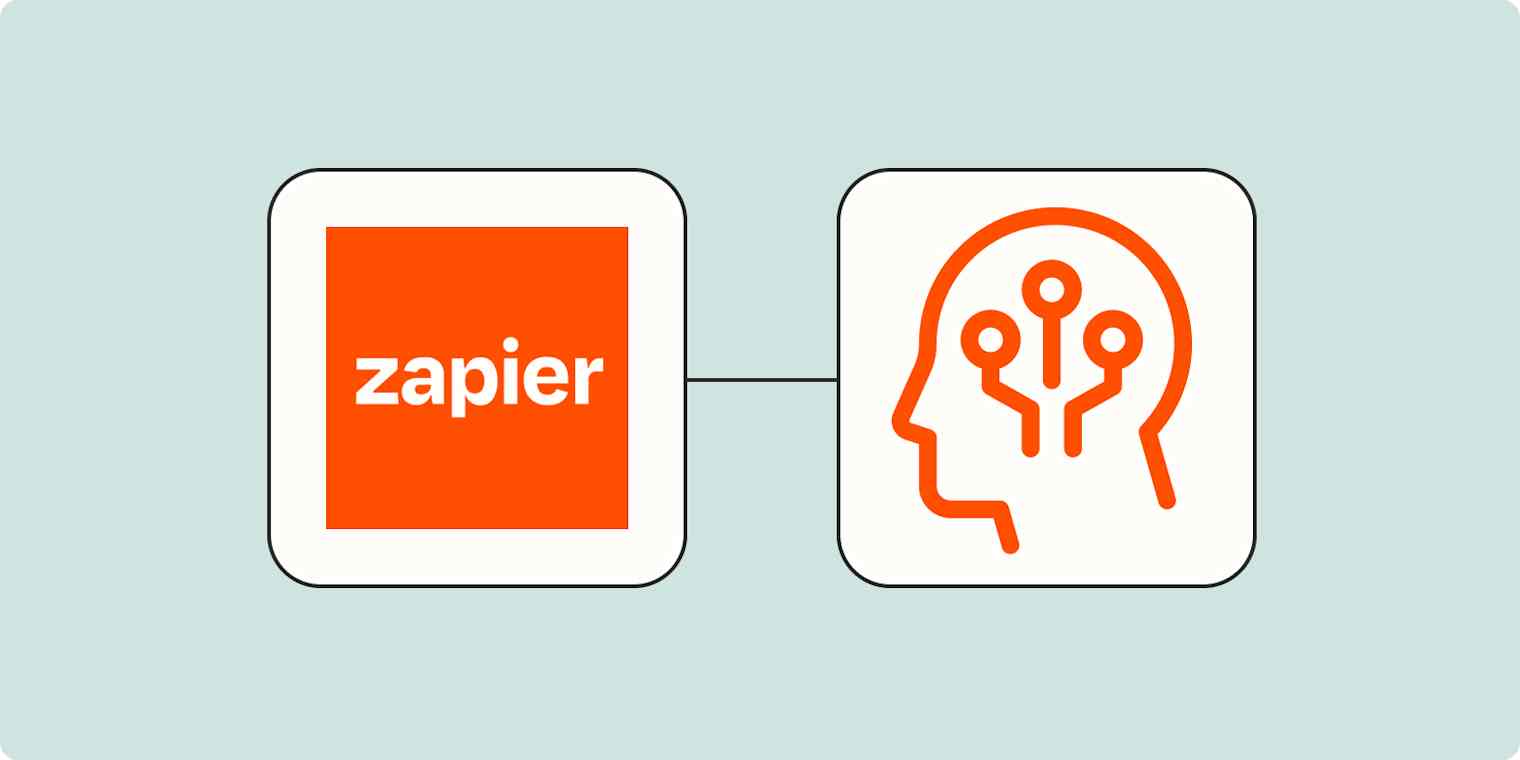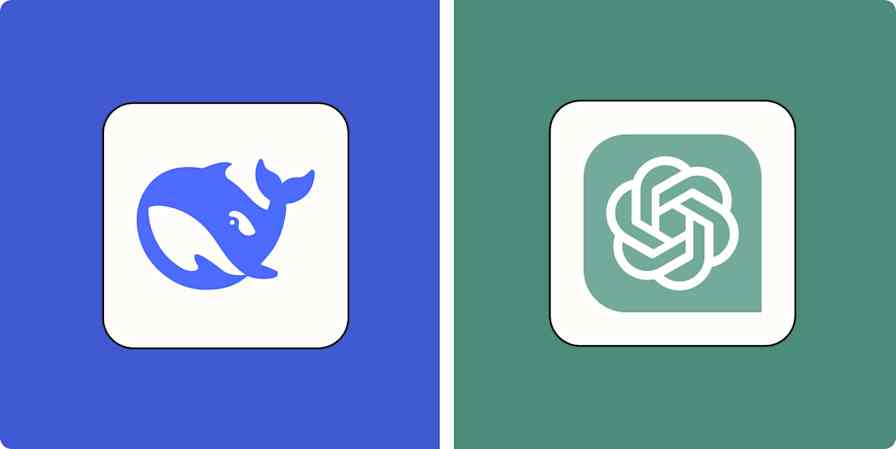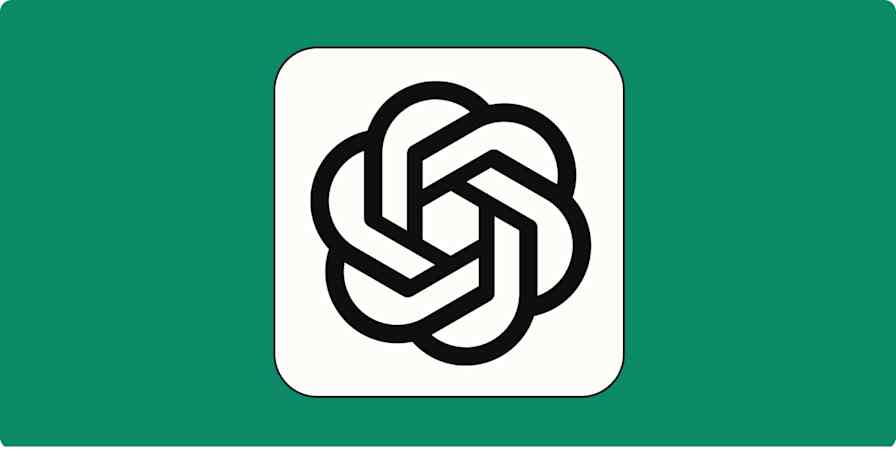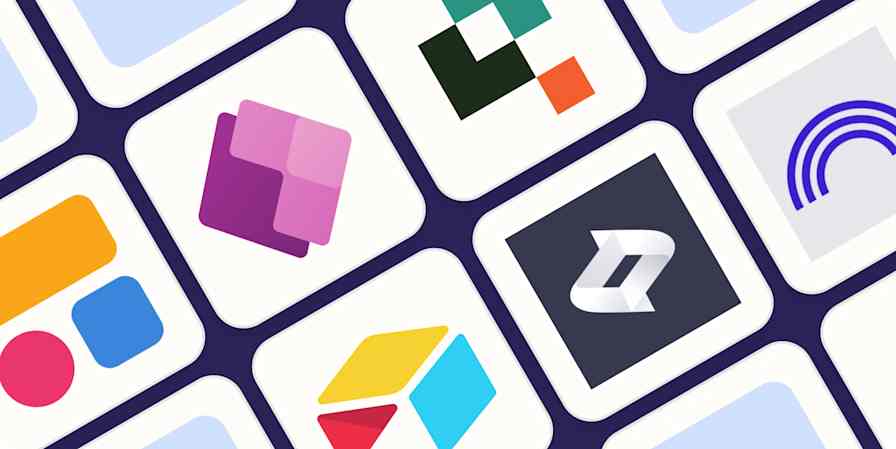Automation inspiration
5 min readWhy pairing AI with automation will change how you work
By Elena Alston · January 15, 2025

Get productivity tips delivered straight to your inbox
We’ll email you 1-3 times per week—and never share your information.
mentioned apps
Related articles
Improve your productivity automatically. Use Zapier to get your apps working together.







